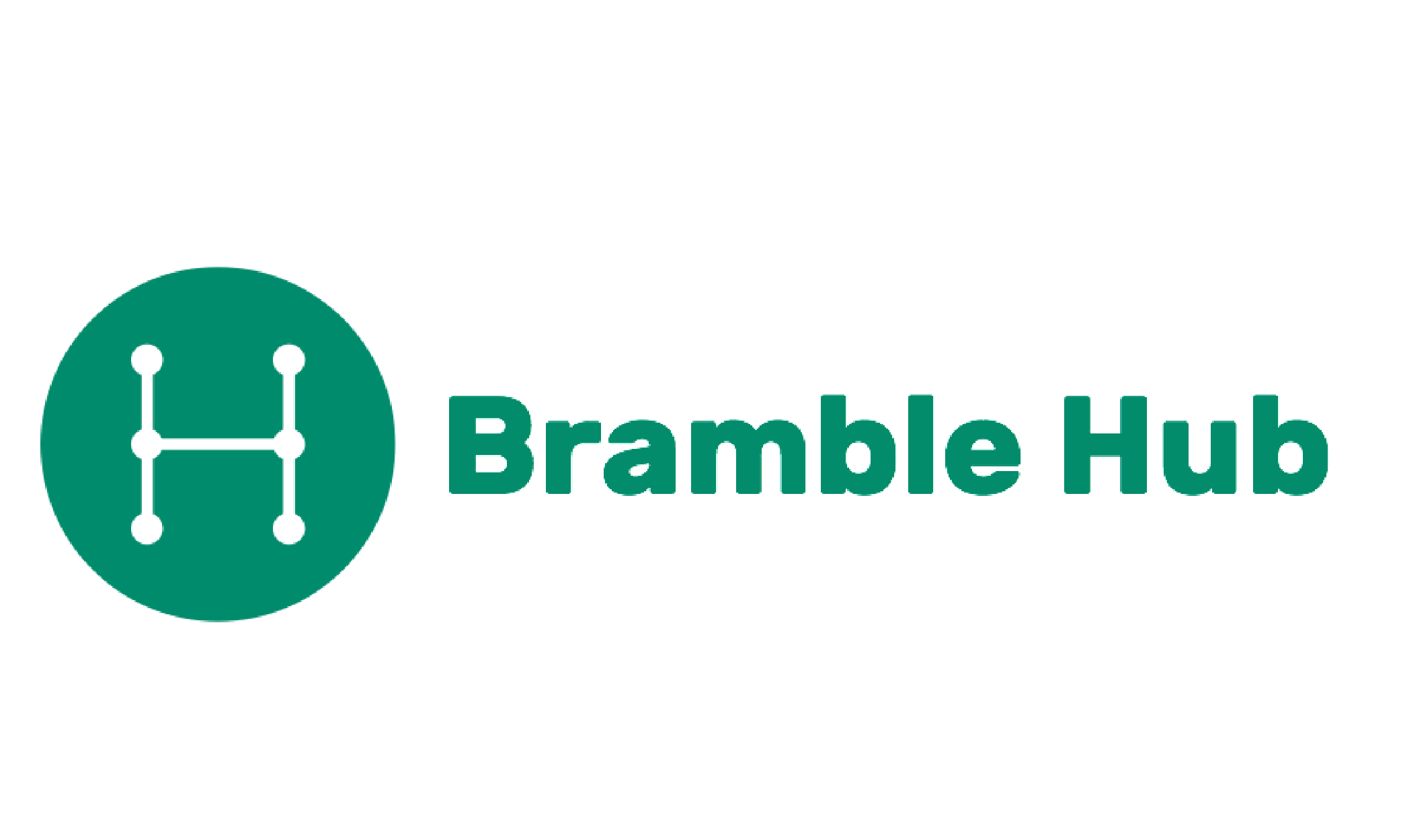Your First 100 Days

Author: Phil White, Managing Partner
Your First 100 Days as Head of Procurement & Supplier Management
So, you did it, you got the job. Congratulations!!! You’re going into Run-of-the-Mill Limited, an organisation with £150M of third-party spend, as Head of Procurement.
To the best of your knowledge there is no formal procurement or supplier management function, but clearly money is getting spent with suppliers. And come to think of it, if there is no formal function, who has been managing all those supply chain risks that you are now responsible for?
Are congratulations really in order? You are now responsible for who-knows-how-many suppliers, unquantified supply chain risk and a hereto undetermined savings target. What have you actually signed up for? More importantly, what are you going to do about it?
First impressions matter and demonstrating your experience and knowledge is important, but don’t fall into the trap of believing you have all the answers. Your colleagues are going to want to see you apply that experience and knowledge in the context of Run-of-the-Mill Limited and that requires you to get up to speed.
Given that your success in any organisation can often be determined in the first 100 days, you had probably better get up to speed quickly and be armed with an effective plan ASAP.
So as the new Head of Procurement what do you need to do in the first 100 days?
Determine how much is being spent and with whom and on what?
It is possible that no detailed spend analysis will exist when you arrive. Your first port of call needs to be the Finance team. You are going to want invoice level spend data for the last couple of years. You’re going to need this information at both a cost centre and account code level. Ideally there will be a central contract repository for you to access, but if not, the cost centre codes will be a good guide for where you can find those contracts.
Through a mix of Pivot Tables, Googling, and hard work, you will soon be able to identify your top suppliers, top spending departments, and whether different suppliers are being used for similar services. This now lets you prioritise the next steps.
Who are your key stakeholders, what do they need from you, and what do you need from them?
Stakeholders can be split into two broad groups; some will span both though:
- Budget Holders – These are your customers, the colleagues you need to persuade to support your savings opportunities and comply with your improved procurement and supplier management processes. The spend analysis should help you prioritise who you need to influence the most. Make time to meet these individuals as early as possible, understand their supply chain needs and challenges, and seek to prioritise your actions to deliver for these colleagues.
- Facilitators – These are the colleagues who you will be dependent on for getting things done… Accounts Payable colleagues, Information Security managers, Business Continuity managers, Legal Counsel, Risk Management colleagues, etc. Cultivate these relationships, because you won’t be able to implement your policy and process improvements without their buy-in, and you won’t be able to effectively procure goods or services without their support.
Establish who the most material suppliers are and how they are currently being managed?
Your initial spend analysis should have given you a steer to the highest spend suppliers, and your stakeholder meetings should hopefully have helped you identify the suppliers who add the greatest value to the organisation or pose the greatest risk. It’s important you start to understand how these suppliers are being managed, and how that compares to what is needed.
- Is there active performance management, are SLAs being achieved and if not are Service Credits in place and being utilised?
- Are invoices being actively managed or is Run-of-the-Mill Limited being overcharged for the goods and services it receives?
- Is Run-of-the-Mill Limited investing enough time and effort into the relationship to enable the supplier to succeed?
- Has Run-of-the-Mill Limited made itself attractive to its key suppliers as a conduit to bring innovation through the supply chain?
- Is there a continuous improvement plan in place and how is it being managed?
- What supply chain assurance activities are critical suppliers expected to undergo to ensure supply chain risks are actively managed?
You will want to deliver value for the business through competitive sourcing, but some of the easiest gains will be made by ensuring material suppliers are effectively managed.
How is supply chain risk being managed if it is at all?
It is essential that you quickly understand the material supply chain risks that Run-of-the-Mill Limited is exposed to on and on-going basis. For most organisations these will include as a minimum,
- processing of PII and/or confidential information by third parties,
- critical operations or technology being undertaken by suppliers, and
- pre-paying for significant technology subscription services.
If it isn’t happening already, you will need to ensure appropriate Information Security, Cyber Security, Financial Health, Data Protection, and IT Service Management due diligence and assurance processes and controls are implemented. This is where those facilitator relationships will be leveraged the most.
What policy and processes are in-place, and are they adequate?
You are going to want to ensure that proportionate procurement and supplier management policy, processes and assets are in place. Undertake a maturity assessment of what exists, compare it to where you need to get to (quick clue – it probably doesn’t need to be World Class), and identify the improvements you want to make.
Your capacity and that of your team is going to be finite, therefore try and design the To-Be processes to allow the business to self-serve as much as is safe and commercially sensible to do so.
Seek to implement pragmatic but effective preventive, corrective, directive, and detective controls. Examples might include,
- Early segmentation and risk assessment of new procurement requirements,
- Sourcing approach approvals for complex procurement requirements,
- Contract award approvals,
- Procurement approval for all new suppliers,
- New colleague training, or
- Annual procurement training.
What does your plan look like?
By the end of your first 100 days, you should be obtaining approval for a plan to deliver your vision for how procurement and supplier management should be managed within Run-of-the-Mill Limited going forward. This plan needs to address the following as a minimum:
- What is the vision and objectives for the Procurement function you are building?
- The Policy, Process, Asset and Control improvements you believe are required, why they are required, what support you will need to implement them and over what period you intend to deliver these improvements.
- Clear delineation of roles and responsibilities, demonstrating what your function will be responsible for (e.g., managing complex/high-value competitive sourcing activities, and supply chain oversight activities) versus what the business will be responsible (e.g., managing suppliers, complying with policy and processes, etc.).
- Prioritised savings opportunities, identifying which goods or services you intend to address, the savings levers you intend to utilise to deliver the savings, the business support you require to deliver those savings, and the measures of success against which the outcomes of these initiatives will be measured.
- A resource plan and budget, which underpins the commitments you have made elsewhere in your proposed plan. It is important to consider that any procurement function should be more than self-financing. It is typical for new functions, with high levels of influenceable spend, to realise benefits several multiples of its budget cost (5x – 7x), based on total contract benefits delivered.
Summary
Your first 100 days are going to be busy and probably the most important of your tenure in any organisation. It is when your mandate for change is strongest, and when you can influence the most. Use the time wisely, have a plan, and take support where you can get it.
About Hanya Partners
From running cost transformation programmes, transforming operating models, to building procurement and supply chain capability, Hanya Partners has extensive procurement and organisational transformation expertise. Therefore, please do not hesitate to reach out if you think we can be of assistance.
Part of the Taranata Group, Hanya Partners has offices in Edinburgh and London. We bring fresh insights, thought leadership and best practices in Sourcing and Supplier Management, Talent and Organisation Health and IT & Digital Transformation.
Phil White | 6th February 2024









